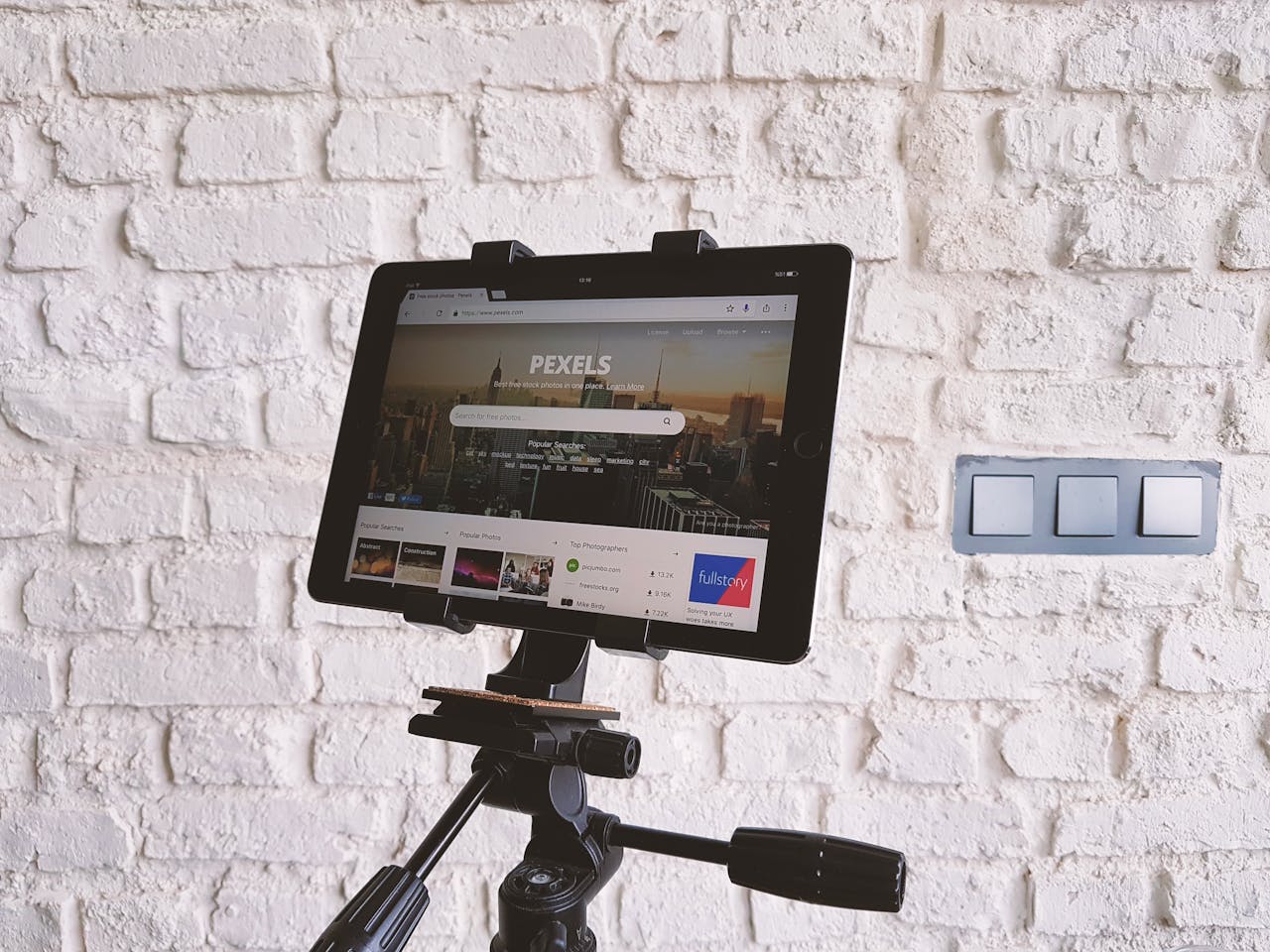The influence of web design on online branding cannot be overstated. A website often serves as the first point of contact between a business and its potential customers, making it a critical component in creating a memorable first impression. The aesthetics, usability, and overall experience of a website significantly impact how a brand is perceived. Effective web design can convey professionalism, reliability, and innovation, while poor design can lead to mistrust and disengagement. This blog explores the pivotal role of web design in shaping online branding and offers insights into how businesses can harness design elements to strengthen their brand identity.

Consistency in Design Elements
Consistency in design elements is fundamental to building a cohesive and recognizable brand identity. When users navigate a website, consistent use of colors, typography, imagery, and layout ensures a seamless experience and strengthens brand recognition. For instance, a unified color scheme that aligns with the company’s branding can evoke specific emotions and create a strong visual association with the brand.
Working with qualified services can ensure that the design elements are consistent and aligned with the brand’s overall vision. Whether you need website design services Albany, NY, or in Washtenaw, MI, it is essential to choose a web design agency that understands your brand and can effectively convey its essence through design elements. This consistency in design elements across all digital touchpoints builds trust and establishes a strong brand image.
The Role of Color Psychology in Branding
Color psychology plays a crucial role in branding, influencing the perceptions, emotions, and behaviors of consumers. Different colors evoke different feelings and associations, which can significantly impact how a brand is received. For instance, blue is often associated with trust, dependability, and professionalism, making it a popular choice for financial institutions and tech companies.
On the other hand, red can evoke excitement, urgency, and passion, which is why it’s frequently used in the food industry and for call-to-action buttons. Understanding the psychological effects of colors allows businesses to strategically use them to convey the desired brand message and engage their target audience effectively. By integrating appropriate color schemes into web design, companies can create a visual identity that resonates emotionally with visitors, reinforcing their brand’s values and personality.
Typography and Readability
Typography is a critical aspect of web design that directly affects readability and the overall user experience. The choice of fonts, their sizes, spacing, and line lengths all contribute to how easily users can consume content on a website. Legible typography ensures that visitors can effortlessly read and understand the information presented, which is fundamental for effective communication and engagement.
Using clean, sans-serif fonts often enhances readability on screens, especially for body text, while serif fonts can add a touch of elegance and distinction to headings and titles. The hierarchy of text, distinguished through varying font sizes and weights, guides the reader’s attention and helps in structuring content logically. Adequate line spacing and margins prevent the text from feeling cramped, making the content more inviting to read.

Navigational Ease and User Engagement
Navigational ease is integral to user engagement on a website. When users can effortlessly find the information or services they seek, their overall experience is significantly enhanced, leading to higher satisfaction and prolonged interaction with the site. Intuitive navigation structures, such as clear menus, breadcrumbs, and search functionalities, simplify the user journey and reduce the frustration associated with complex or cluttered designs.
Effective web design prioritizes a clear hierarchy and logical flow, ensuring that users can seamlessly transition between different sections of the website. Implementing responsive design principles also guarantees that navigation remains smooth across various devices, whether on a desktop, tablet, or mobile. By focusing on user-centric navigation, businesses can not only keep visitors engaged but also drive higher conversion rates as users are more likely to complete desired actions, such as completing an online form or a transaction. Ultimately, optimizing navigational ease is paramount to fostering a positive user experience and building a loyal customer base.
Web design has a powerful influence on online branding, and businesses must prioritize it as an integral part of their overall marketing strategy. By maintaining consistency in design elements, leveraging color psychology, prioritizing readability, and optimizing navigation, companies can create a strong visual identity that resonates with their target audience and reinforces their brand’s unique values. Effective web design is the key to building a memorable and impactful online presence that drives success for any business in today’s digital landscape.